Unique Rice Varieties and Their Culinary Uses in Bangladesh
10 min read Explore the diverse rice varieties of Bangladesh and their unique culinary applications that enrich traditional and modern dishes. June 21, 2025 21:05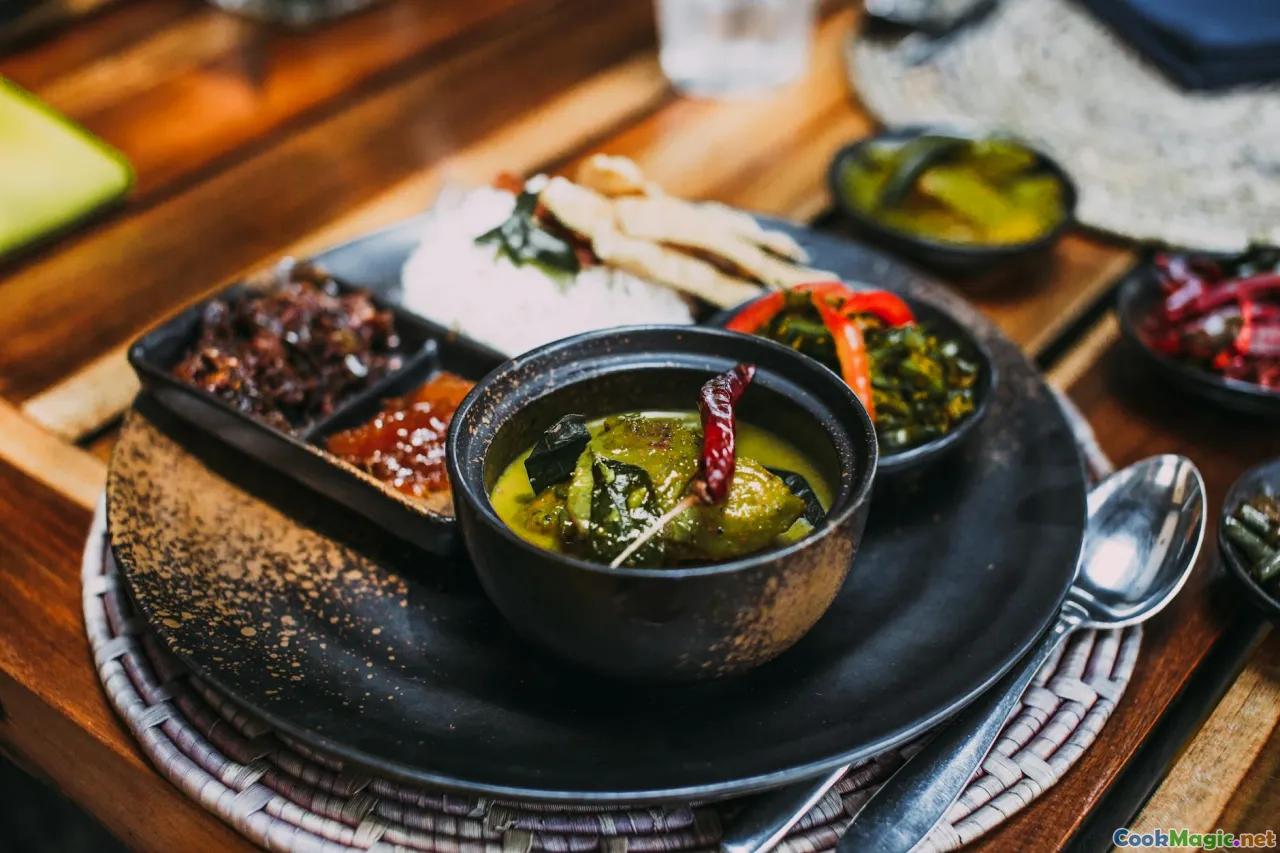
Unique Rice Varieties and Their Culinary Uses in Bangladesh
Bangladesh, the land of lush green paddies and vibrant waterways, is often called the rice bowl of South Asia. With over 80 distinct varieties cultivated across its fertile delta, Bangladesh's rice culture is as diverse as its landscape — rich in history, tradition, and sensory delight. Each local rice variety carries a story, a unique flavor profile, and a specific place in Bangladeshi cuisine, reflecting centuries of agricultural ingenuity and cultural heritage.
In this immersive exploration, we’ll journey through some of Bangladesh’s most cherished rice varieties, uncover their culinary magic, and delve into how they shape the soul of Bangladeshi dishes, from the fragrant biryanis of Sylhet to the humble yet essential polau of rural kitchens.
Traditional Bangladeshi Rice Varieties: A Cultural Tapestry
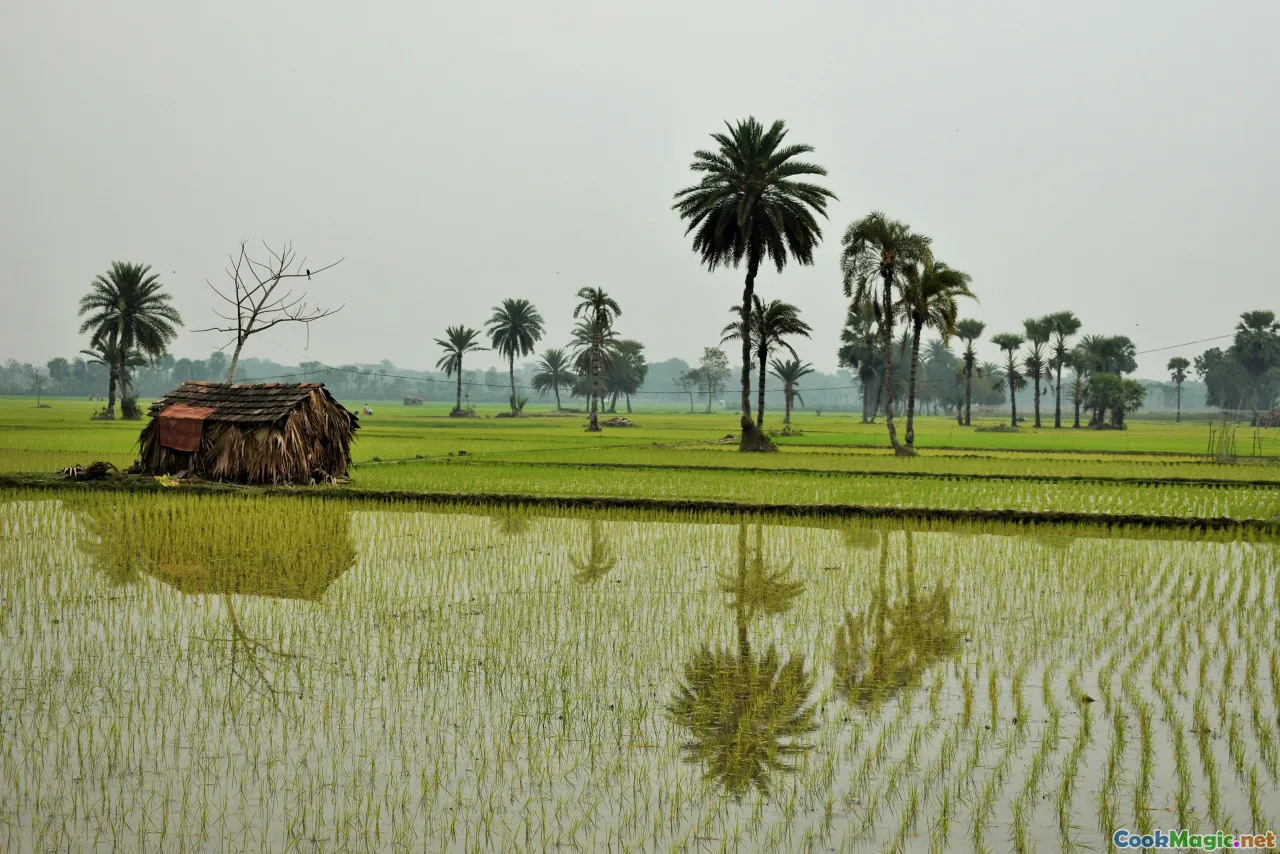
Bangladesh’s rice cultivation is intertwined with its cultural fabric. Historically, each region has cultivated rice varieties suited to its unique climate, water patterns, and culinary needs. These varieties are more than mere staples; they embody the community’s history, faith, and identity.
Char NRAG, the Heritage Grain
One of the oldest varieties, Char NDRAG, traditionally grown along the riverbanks of the Padma and Brahmaputra, boasts a deep aroma and a chewy texture. It is often used in special occasions such as wedding feasts and religious festivities. Its earthy flavor makes it perfect for pulao and khichuri, which serve as communal dishes that transcend social boundaries.
Lata Dilao – The Aromatic Wonder
Known for its distinctive fragrance reminiscent of jasmine and gardenia, Lata Dilao is cherished in rural and urban households alike. Its long, slender grains cook up fluffy and individual, ideal for fragrant biryanis like Kacchi Biryani, cooked traditionally with marinated meat and saffron.
Kalijira – The Baby Basmati
Often called the “Child Basmati,” Kalijira grains are small but fragrant, with a delicate texture and a subtle nuttiness. It lends a poetic elegance to dishes like Pulao and Shutki Masala, offering a gentle aromatic whisper that complements spices rather than overpowering them.
Unique Rice Varieties for Special Moments
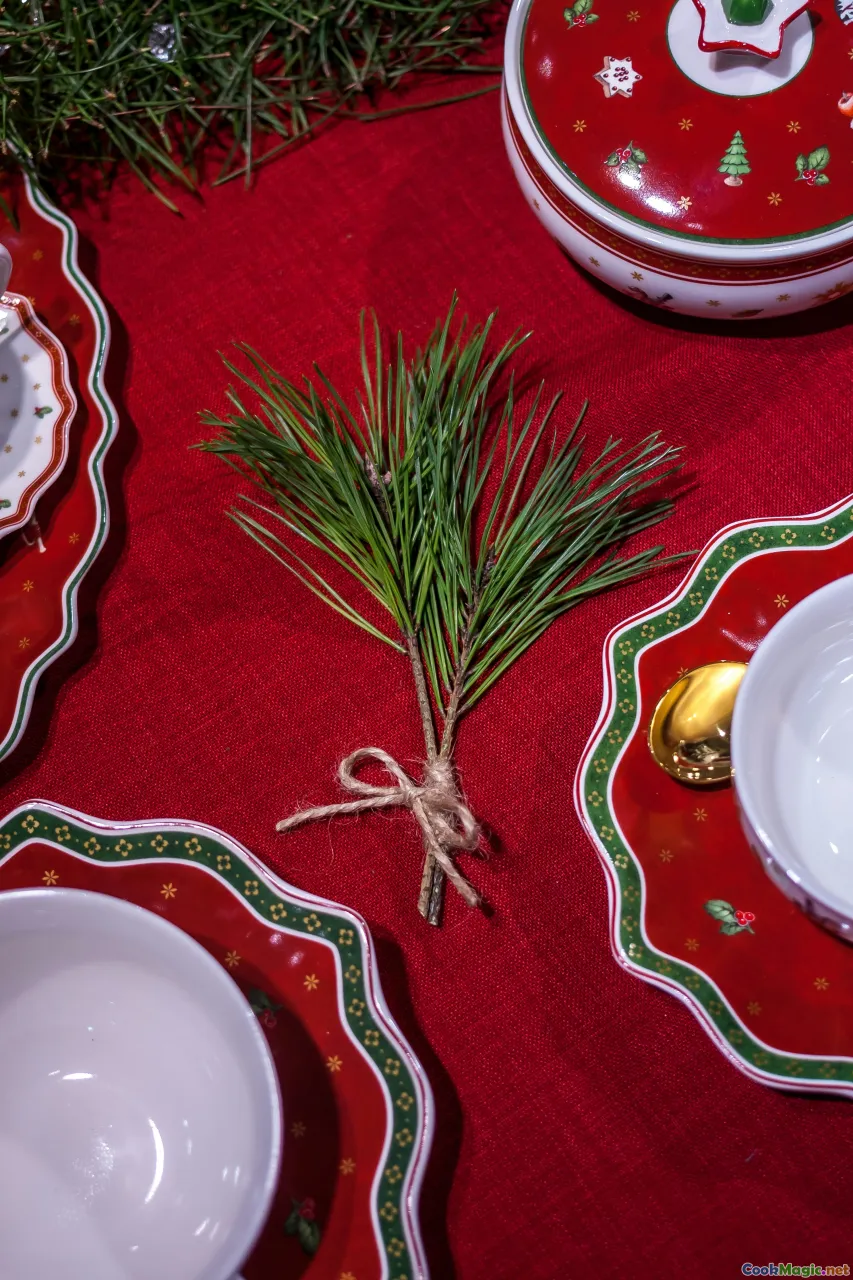
Bangladesh's festivals and ceremonies often call for rice varieties that elevate the sensory experience.
Aroma Razam – The Festival Celebrant
A fragrant jasmine rice that is reserved for festive occasions such as Pohela Boishakh (Bengali New Year). Its floral aroma and pillow-soft grains make it the perfect canvas for Panta Bhat (fermented rice) served with hilsa fish or pickles.
Chinigura – The Elegant Grain
With a slightly sticky yet fluffy texture, Chinigura rice is often served during religious fasts and celebrations like Durga Puja. Its delicate aroma and tender bite make dishes like Chingri Malai Curry even more sumptuous.
Basmati of Bangladesh: Purity and Prestige
Refined after decades of cultivation, Bangladeshi Basmati—different from its Indian counterparts but equally esteemed—embodies pure, aromatic rice used for intimate family dinners and high-profile events alike.
Culinary Techniques that Elevate Bangladeshi Rice
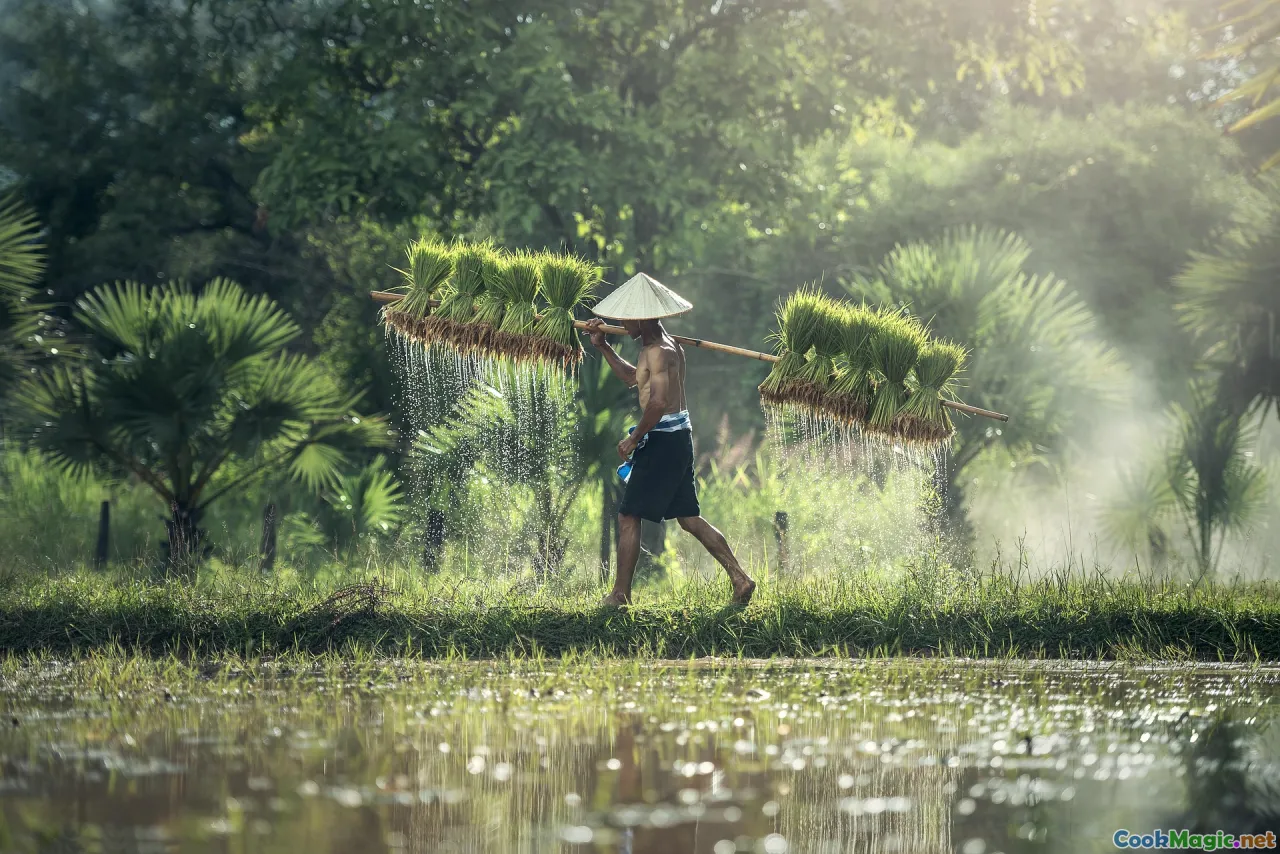
Mastery over rice cooking techniques is vital to unlock the fullest flavor and texture of these varieties.
The Art of Perfecting Pulao
A classic Pulao begins with the careful washing of rice to remove excess starch, followed by soaking for around 30 minutes for even cooking. Gentle frying of whole spices, sliced onions, and whole nuts in ghee or mustard oil releases their aroma before adding the rice. Cooking over low heat with a measuring of water (or stock) ensures fluffy grains that are separate yet moist.
Khichuri – The Comfort Food
This dish marries rice and lentils—a humble yet satisfying dish loved during monsoon days and rainy seasons. For the perfect khichuri: use broken Radhuni rice, add freshly cracked cumin, ginger, and turmeric, and cook till the grains are soft yet not disintegrating. It’s usually paired with fried eggs, vegetable pickles, or tender beef curry.
Biryani Secrets – Soft, Fragrant, and Juicy
In Sylhet, Lata Dilao or Chinigura are the rice of choice for biryanis. The secret: parboiling the rice to soft partial doneness, then layering it with marinated chicken, potatoes, and caramelized onions, finished in a sealed pot over a slow flame—a process known as Dum. The result: fragrant, juicy bites infused with the rich spices of cardamom, cinnamon, and cloves.
Connecting with Rice Traditions: Festivals, Rituals, and Daily Life
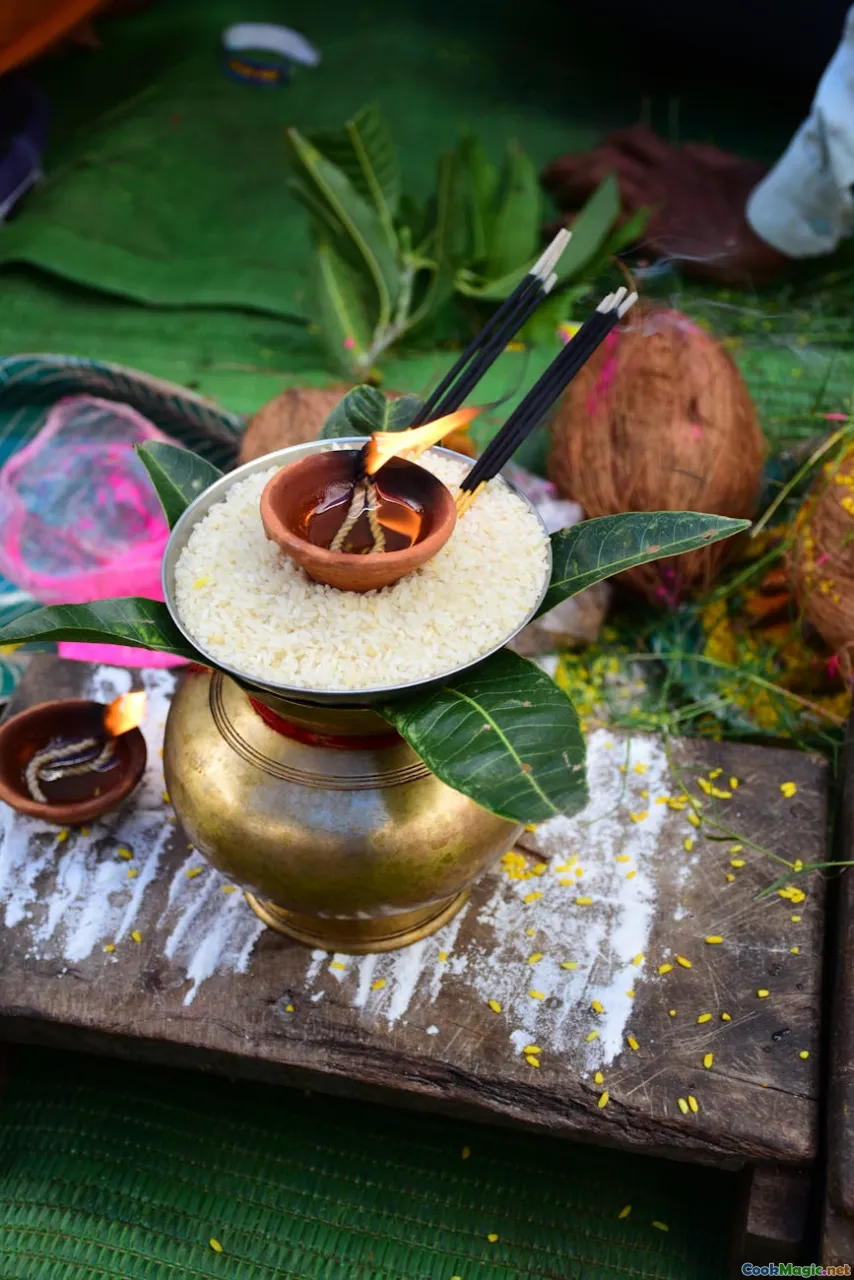
In Bangladesh, rice is more than food; it is woven into rituals, festivals, and even spiritual symbolism.
Pohela Boishakh and the Panta Bhat
On the Bengali New Year, Panta Bhat—fermented leftover rice—is a sensory experience in itself. It’s served with fried hilsa, green chilies, salt, and onion, reflecting the land’s abundance and the resilience of its people. The smell of slightly fermented rice, earthy and tangy, awakens childhood memories for many.
Rice in Rituals and Ritualistic Offerings
During mah-o-shunti (prayer ceremonies), rice grains purified and arranged in specific patterns are offerings to deities. Special varieties like Chinigura are used in bridal ceremonies, symbolizing prosperity.
Daily Life and Sustenance
In rural Bangladesh, daily rice dishes like Polao, Khichuri, and Bhuna (fried rice) are fundamental, each with regional variations, seasonality, and family signature twists that have been passed down through generations.
Growing Appreciation: Modern Innovations and Sustainable Practices
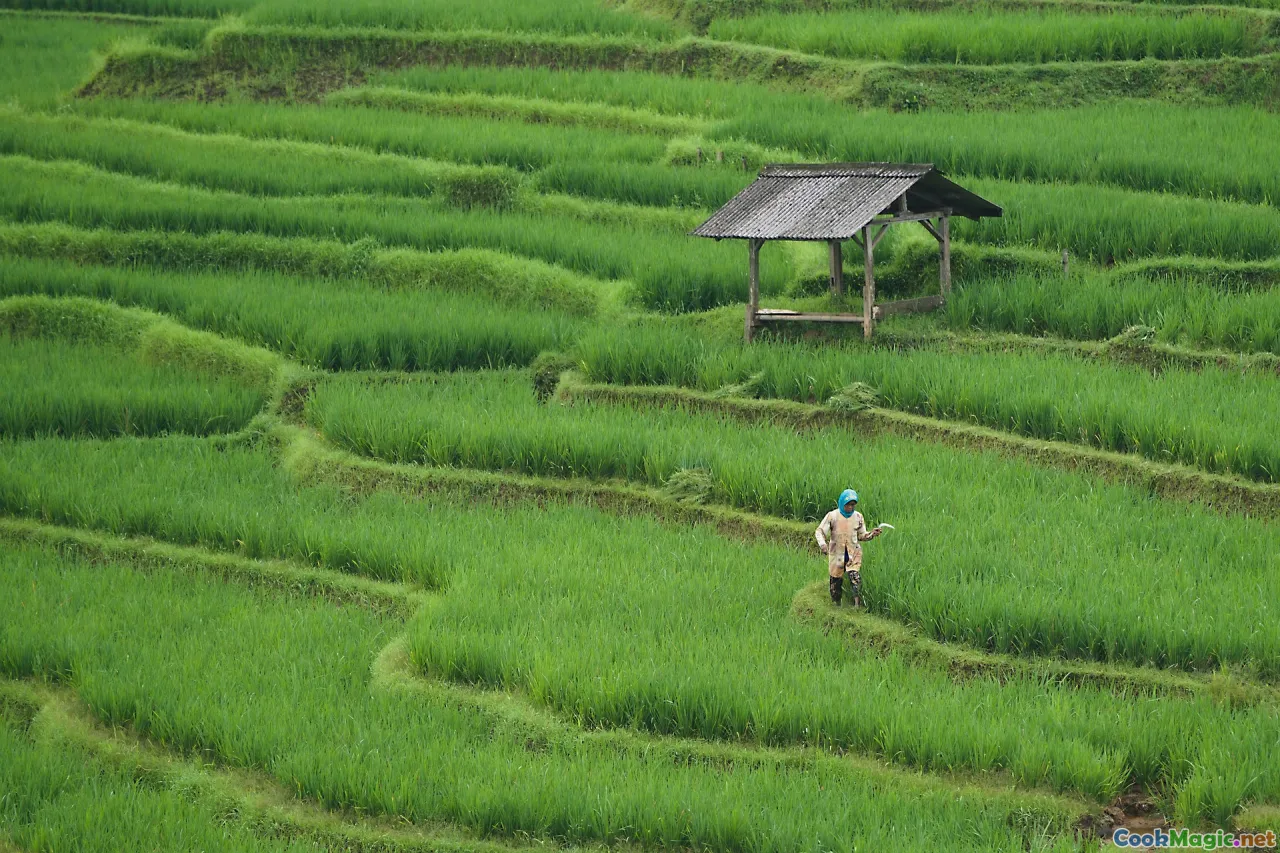
As Bangladesh embraces sustainable agriculture, ancient rice varieties are making a comeback through organic farming initiatives. Seed banks and community farms focus on preserving these genetic treasures, ensuring that the flavors of yesteryears remain part of tomorrow.
Hybrid and Organic Cultivation
Farmers are experimenting with organic cultivation methods and hybrid varieties that balance tradition with productivity. These efforts impact culinary practices by offering farmers and chefs new aromatic and textural possibilities reflective of Bangladesh’s rice heritage.
Culinary Fusion and Contemporary Uses
Chefs in Dhaka and beyond are reimagining these traditional rice grains. Think Kalijira risottos infused with Bengali spices or Chinigura sushi—an exciting bridge between cultures, connecting old flavors with new culinary expressions.
The rice of Bangladesh is more than a staple; it is a living legacy. Each grain holds a story, an aroma, a history that continues to flavor the nation’s dishes and hearts. Whether served traditionally or reinvented anew, its varieties remind us that food is a cherished reflection of culture, environment, and memory. To truly understand Bangladeshi cuisine, one must savor not just its flavors, but the centuries of stories within each rice grain."









